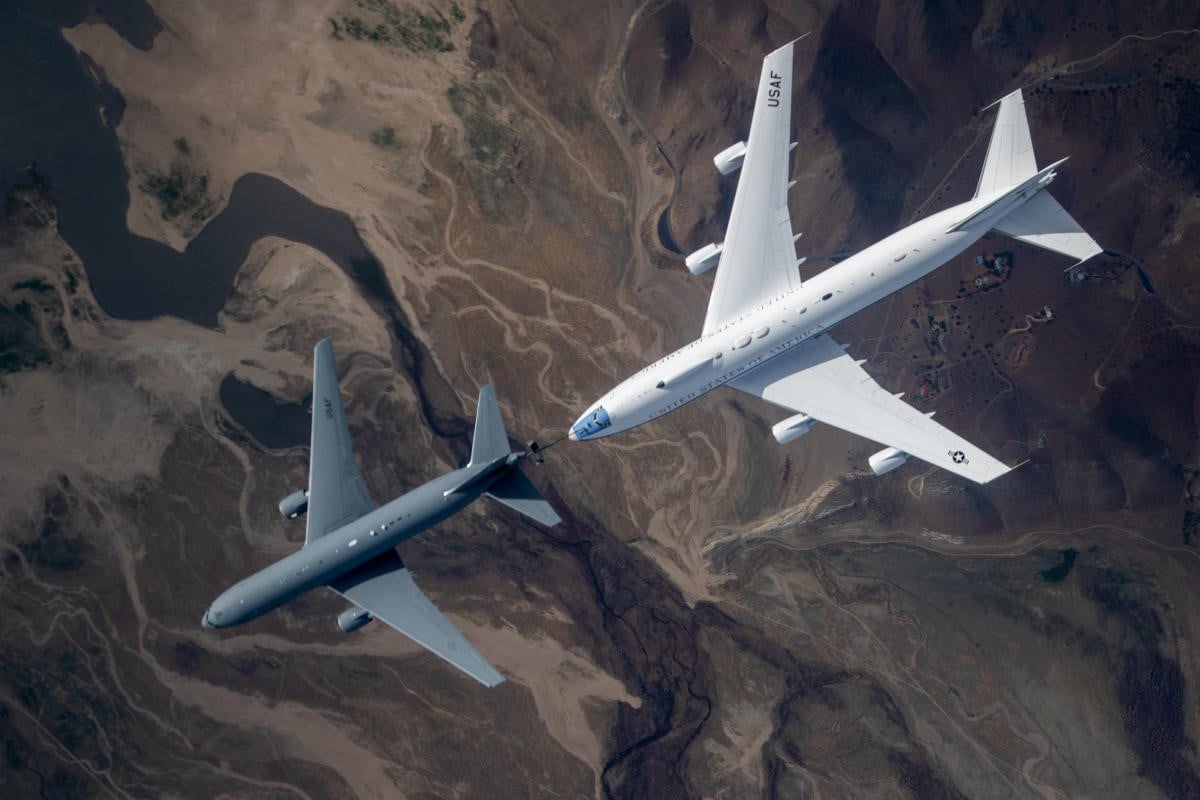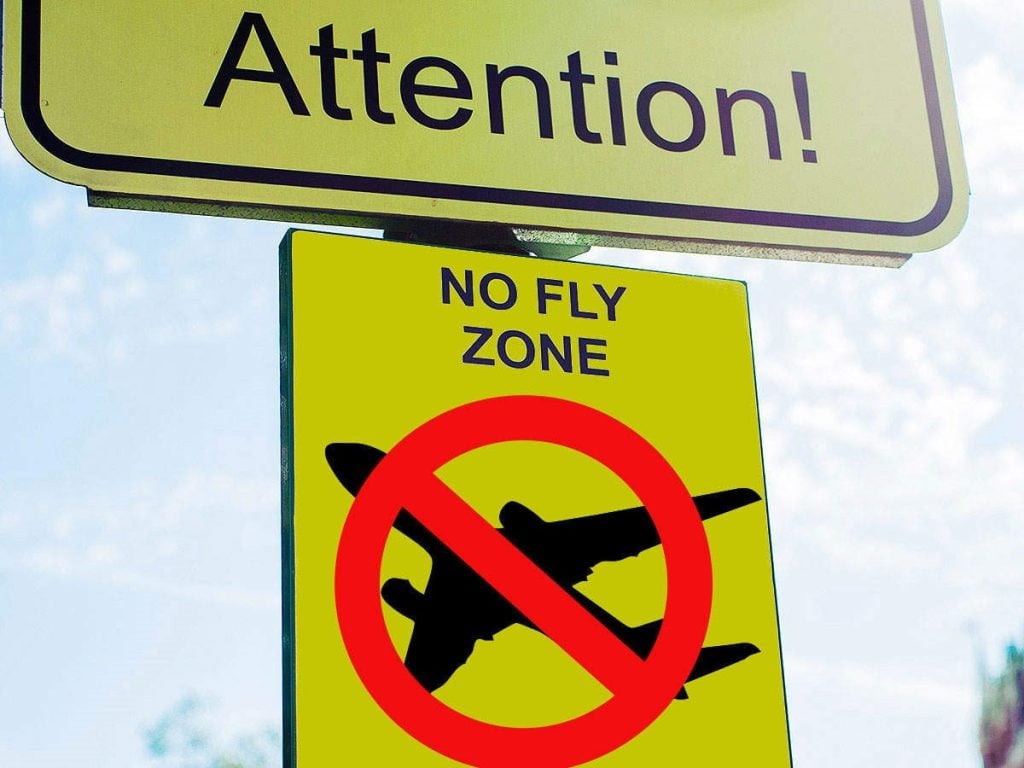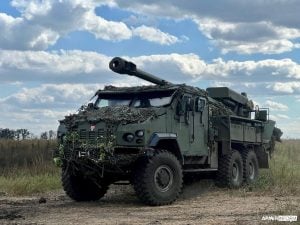No-fly zones (NFZs) have emerged as a critical aspect of modern military strategy, particularly in conflict situations. These zones are established to restrict certain aircraft from flying over designated areas, primarily for security and strategic reasons. The concept of a no-fly zone serves various purposes, from protecting civilians and humanitarian efforts to limiting the military capabilities of adversarial nations.
This comprehensive exploration aims to clarify what a no-fly zone is, its historical context, its implications in contemporary conflicts, and the broader impact on global security.
Also Read | Top 5 Fixed-Wing Planes of the US Marine Corps
What Is a No-Fly Zone?
A no-fly zone, often referred to as an air exclusion zone, is a designated area where specific aircraft are prohibited from flying. This prohibition can be enforced for several reasons, including military strategy, humanitarian protection, and national security. The establishment of such zones typically involves a coalition of nations or a governing body, such as the United Nations, which outlines the parameters and enforcement measures.
Purpose and Objectives
The primary objectives of a no-fly zone include:
- Preventing Airstrikes: NFZs are often implemented to prevent air attacks on civilian populations or critical infrastructure.
- Protecting Humanitarian Efforts: By restricting hostile aircraft, no-fly zones aim to safeguard humanitarian missions and aid deliveries.
- Limiting Enemy Capabilities: NFZs can effectively hinder an adversary’s ability to conduct military operations from the air, thereby reducing their overall combat effectiveness.
Enforcement Mechanisms
Enforcing a no-fly zone can involve various military actions, including:
- Surveillance Operations: Monitoring the airspace to detect unauthorized flights.
- Interceptions: Engaging and redirecting violating aircraft through military means.
- Preemptive Strikes: Targeting air defense systems or aircraft that pose a threat to the no-fly zone.
Historical Context of No-Fly Zones
The concept of no-fly zones is relatively modern, gaining prominence in the 1990s. However, its roots can be traced back to earlier military strategies. Understanding the historical context helps illuminate how these zones have evolved over time.
Early Examples
- World War I and II: Although not officially termed as no-fly zones, certain airspace restrictions were informally enforced to protect vital assets.
- Gulf War (1991): The first significant implementation of a no-fly zone occurred after the Gulf War, when the United States and its allies established NFZs over Iraq to protect Kurdish and Shia populations from Saddam Hussein’s regime.
Evolution of the Concept
Following the Gulf War, the use of no-fly zones became more widespread, particularly in the following conflicts:
- Bosnia (1993-1995): The United Nations established a no-fly zone to prevent air attacks during the Bosnian War, leading NATO to monitor and enforce compliance.
- Libya (2011): The UN approved a no-fly zone amid the Libyan Civil War to protect civilians from airstrikes, resulting in NATO’s military intervention.
The Strategic Importance of No-Fly Zones
Establishing a no-fly zone is not merely a tactical decision; it carries significant strategic implications for international relations and military operations. Understanding these implications is crucial for grasping the broader impact of NFZs.
Diplomatic Leverage
No-fly zones can serve as a tool for diplomatic negotiations, providing leverage in discussions regarding conflict resolution. By imposing such restrictions, nations can compel adversaries to engage in dialogue or alter their military strategies.
Military Posturing
The establishment of an NFZ often signals a commitment to protect certain interests, demonstrating military resolve to both allies and adversaries. This posturing can deter potential aggressors from escalating conflicts.
Humanitarian Considerations
In many cases, the implementation of no-fly zones is driven by humanitarian concerns. Protecting civilians from aerial bombardment is a moral imperative that governments and international organizations often prioritize.
Challenges in Implementing No-Fly Zones
While the concept of no-fly zones is straightforward, their implementation can be fraught with challenges. Understanding these obstacles is essential for evaluating the effectiveness of NFZs.
Risk of Escalation
One of the most significant challenges is the potential for escalation. Enforcing a no-fly zone can lead to direct confrontations between military forces, increasing the risk of broader conflict.
Compliance and Enforcement
Ensuring compliance with a no-fly zone can be difficult. Violations may occur due to miscommunication, lack of awareness, or deliberate defiance. Effective enforcement requires robust surveillance and rapid response capabilities.
Political Ramifications
The establishment of a no-fly zone often has political consequences, impacting relationships between nations. The decision to impose such restrictions can lead to tensions, particularly with nations that view NFZs as infringements on their sovereignty.
Also Read | What Does the Baton Represent for Indian Army Officers?
Case Studies of No-Fly Zones
Examining specific instances of no-fly zones provides valuable insights into their implementation and effectiveness. Below are notable examples that highlight various aspects of NFZs.
Iraq (1991-2003)
Following the Gulf War, the United States and its allies established two no-fly zones in Iraq to protect Kurdish and Shia populations. These zones were enforced through a combination of surveillance and military action, leading to numerous confrontations with Iraqi forces.
Key Outcomes
- Protection of Civilians: The NFZs played a vital role in safeguarding vulnerable populations from aerial assaults.
- Military Engagements: The enforcement of the zones led to ongoing military operations, including airstrikes against Iraqi air defense systems.
Bosnia and Herzegovina (1993-1995)
In response to the Bosnian War, the United Nations imposed a no-fly zone over Bosnia and Herzegovina. NATO’s Operation Sky Monitor aimed to enforce compliance, but initial efforts were met with limited success.
Key Outcomes
- Increased Violations: Despite the NFZ, numerous violations occurred, prompting the UN Security Council to authorize military action.
- NATO Intervention: The eventual enforcement of the NFZ paved the way for NATO’s intervention, significantly altering the course of the conflict.
Libya (2011)
The UN Security Council’s approval of a no-fly zone in Libya marked a pivotal moment in the country’s civil war. NATO’s intervention aimed to protect civilians from Gaddafi’s forces and prevent further atrocities.
Key Outcomes
- Swift Military Action: The NFZ facilitated rapid military operations that significantly weakened Gaddafi’s regime.
- Humanitarian Impact: The intervention helped protect civilians and contributed to the eventual overthrow of Gaddafi.
The Future of No-Fly Zones
As geopolitical landscapes continue to evolve, the concept of no-fly zones will likely adapt to new challenges and opportunities. Understanding potential future developments is crucial for grasping the role of NFZs in international security.
Technological Advancements
Emerging technologies, such as drone surveillance and advanced missile systems, will influence how no-fly zones are enforced. These innovations may enhance monitoring capabilities and improve response times.
Changing Geopolitical Dynamics
Shifts in global power dynamics may lead to new considerations regarding the establishment of NFZs. As nations reassess their military strategies, the relevance of no-fly zones may evolve.
Humanitarian Focus
The ongoing emphasis on humanitarian protection will likely continue to drive the establishment of no-fly zones. As conflicts persist, the need to safeguard civilians from aerial attacks remains paramount.
Also Read | Top 4 Iconic Planes That Ruled the Korean Skies
Conclusion
In summary, no-fly zones represent a significant element of modern military strategy, serving various purposes in conflict situations. Their historical context, strategic importance, and challenges highlight the complexity of implementing these zones. As global dynamics shift, the role of no-fly zones will continue to evolve, reflecting the changing landscape of international security. Understanding what a no-fly zone is and why it matters is essential for comprehending contemporary military operations and humanitarian efforts.
FAQs
1. What is the primary purpose of a no-fly zone?
The main purpose of a no-fly zone is to prevent unauthorized aircraft from flying over a specific area, often to protect civilians and limit military operations of adversaries.
2. How is a no-fly zone enforced?
Enforcement can involve surveillance, intercepting violating aircraft, and, in some cases, preemptive military strikes against threats to the zone.
3. What are some historical examples of no-fly zones?
Notable examples include the no-fly zones established over Iraq after the Gulf War, the NFZ in Bosnia during the Bosnian War, and the intervention in Libya in 2011.
4. What challenges do no-fly zones face?
Challenges include the risk of escalation, ensuring compliance, and managing the political ramifications of imposing such restrictions.
5. How might no-fly zones evolve in the future?
Future developments may include the integration of advanced technologies for enforcement, adaptations to changing geopolitical dynamics, and a continued focus on humanitarian protection.






















